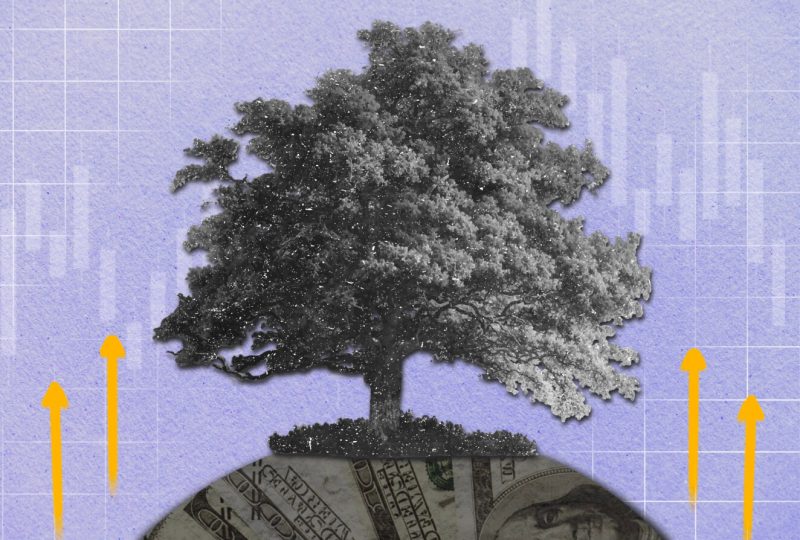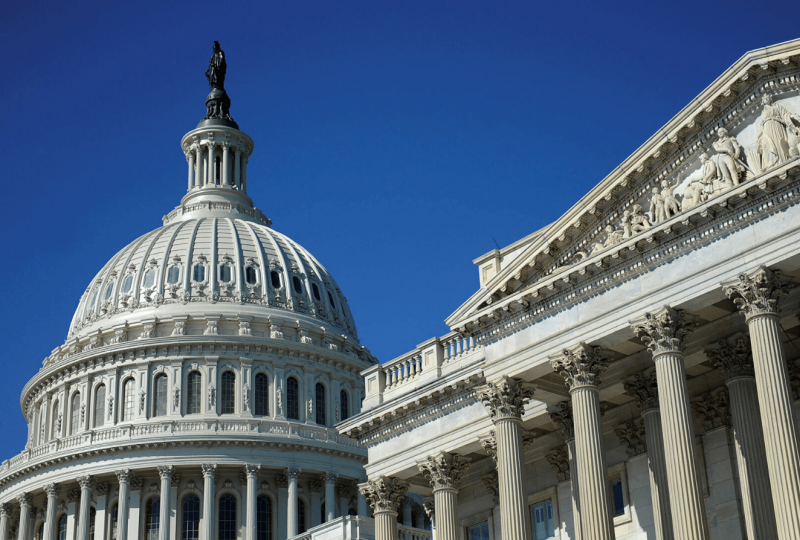Here’s Why the Stock Market is Up Despite Concerns When Will the Stock Market Recover.
Apr 19, 2023

Last year was a difficult one for the stock market for a variety of reasons, and many of those headwinds are still there — or have become worse. So, when will the stock market recover fully, and why is it surging now?
It might be due to how investors have positioned themselves in recent months.
Anyone depending just on headlines may be forgiven for believing that the bear market of 2022 has only gotten worse. Not only is the Federal Reserve steadily rising interest rates — with any stop or shift becoming increasingly difficult to justify — but inflation has been slowing, with some claiming the central bank’s 2% objective is a non-starter.
This puts a strain on customers and their spending capacity. Although employment remains solid, many high-earning — and high-spending — individuals have been laid off, while lower-income workers are having more of their salaries eaten up by rising living costs.
Add to that the banking crisis, the ongoing conflict in Ukraine, growing antagonism between the United States and China, and disappointing profit forecasts, and it appears that the causes for pessimism have only risen in 2023.
Nonetheless, the S&P 500 index is up more than 8% since the start of the year, while the Nasdaq Composite — which includes many of the big stocks that took a battering last year — is up twice as much. What gives for when will the stock market recover?
According to Sevens Report President Tom Essaye, the answer is all of the bad news itself. Because so many individuals were negative in 2023, the lack of a market fall is causing a turnaround of that attitude and strengthening equities.
He points to the pain trade, in which the market causes the most pain for the most people: “When everyone is bearish, the pain trade is higher. As such, the pain trade has been higher for all of 2023, and that’s helping support stocks despite decidedly mixed fundamentals (and mixed is being generous).”
This is consistent with the reality that 2023 began with a boom, even though many investors were still gloomy following the dip in 2022, and concern only increased with the financial crisis.
The tide may be reversing, however, as many investors have become more hopeful due to the market and the economy’s surprise resiliency, signaling that the pain trade may soon reverse.
“Bottom line, sentiment matters in the near term, and extreme bearish sentiment following the banking failures have helped this stock rally continue. However, sentiment has improved substantially,” writes Essaye. “So while we’re not yet at levels I’d consider a caution signal, we’re not very far away, either.”
However, another theory is that the market has held up because it has already taken its medication, as recent losses demonstrate.
Lori Calvasina, RBC Capital Markets head of U.S. Equity Strategy, contends that the S&P 500 had already priced in a recession at its October 2022 lows, having lost around 25% from its January highs, when the typical recessionary loss since the Great Depression has been 27%. Similar contractions in the small-cap Russell 2000 over the summer of 2022 indicated that the market had priced in a recession at those lows.
Then there’s the reality that the stock market before ignored a recession in 1945. Although it was a temporary recession, lasting just from February to October of that year, it was still significant in that it marked the transition of the United States economy from a wartime to a peacetime economy.
“While there are clear differences between 1945 and today, one thing that both have in common is that unprecedented historical events caused dramatic shifts in the economy that required a tough transition back to more normal conditions,” Calvasina writes. “Time will tell whether the stock market can look past any recession that occurs in 2023-2024 as the U.S. economy completes its transition into the post-Covid era. It’s worth keeping in mind that while this would be rare, it wouldn’t be entirely unprecedented.”
If the last several years have taught investors anything, it’s not to be afraid of the unexpected.




